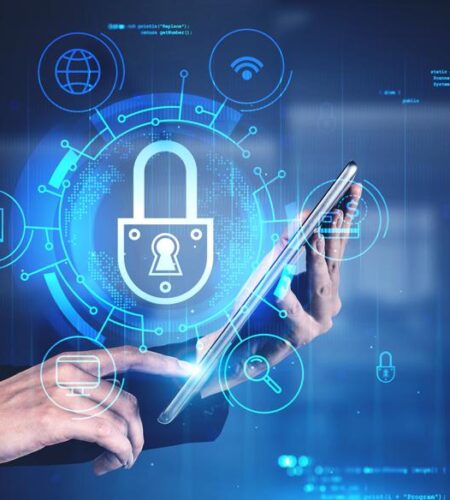Cybersecurity should be a critical concern for everyone. Individuals, organizations, whatever. Everyone should be worried about what happens to their data. With cyber threats growing every day, it’s empowering to stay up to date and proactive about protecting your digital life. This article provides a comprehensive guide to cybersecurity in 2024, covering the latest threats and the most effective, reassuring strategies that will give you a sense of security and confidence in defending against them.
Understanding Cyber Threats
Cyber threats are continually evolving, becoming more sophisticated and challenging to detect. Some of the most common threats include:
- Phishing Attacks: Cybercriminals use deceptive emails and websites to manipulate people into giving up personal information or downloading malware.
- Ransomware: This malicious software encrypts a victim’s files, demanding payment for the decryption key. Ransomware attacks can cripple both individuals and businesses.
- Data Breaches: Unauthorized access to sensitive information, like financial records and personal data, can lead to identity theft and significant financial losses.
Best Practices for Cybersecurity
When protecting your digital life, it’s crucial to implement robust cybersecurity practices:
- Use Strong Passwords: Go nuts when creating complex passwords by adding letters, numbers, and special characters to make one long chain of protective nonsense. Avoid using easily guessable information, such as birthdays or common words.
- Enable Two-Factor Authentication (2FA): Adding an extra layer of security, 2FA requires another type of verification, like a text message or authentication app, to access your accounts.
- Keep Software Updated: Keep your operating system, including applications and antivirus software, up to date to patch vulnerabilities and protect against new threats.
- Be Cautious when opening Emails. Don’t click on links or download attachments from unknown sources – that’s such a bad idea. If an email seems suspicious, verify the sender’s identity.
Protecting Personal Data
Safeguarding your personal data is essential to maintaining privacy and security:
- Keep Information Sharing To A Minimum: Be mindful of what you share online, especially on social media. Change your privacy settings to keep your data safe.
- Use Encryption: Encrypt sensitive data, both in storage and during transmission, to prevent unauthorized access.
- Stay Up On Financial Accounts: Regularly check your bank and credit card statements for suspicious activity. Report any unauthorized transactions immediately.
By understanding the latest threats and implementing robust cybersecurity practices, you can safeguard your personal information and maintain your online security. With the proper knowledge, you can be prepared and ready to face them.


